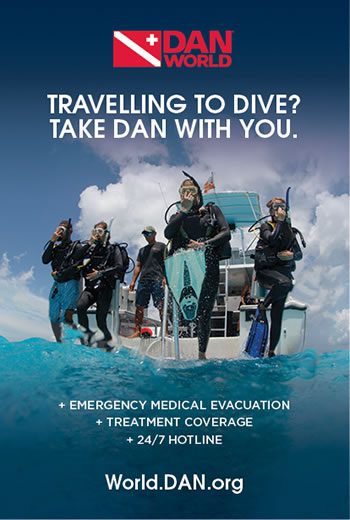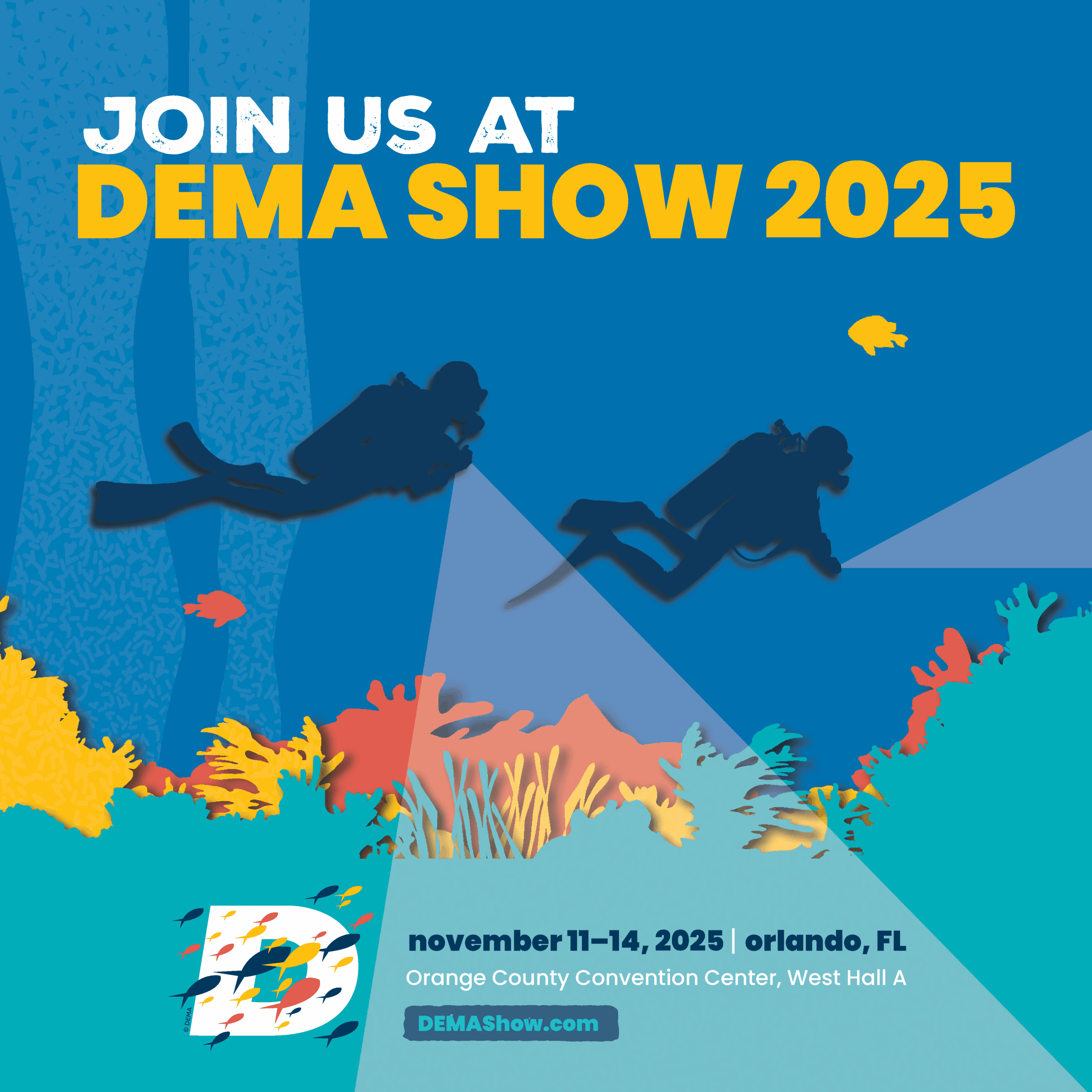Mafia Island forms part of the famous Tanzanian Spice Islands, situated in the Indian Ocean. This wonderful archipelago’s coral reefs, sandbars, lagoons, and beaches form part of the Mafia Island Marine Park – Tanzania’s first national marine park.
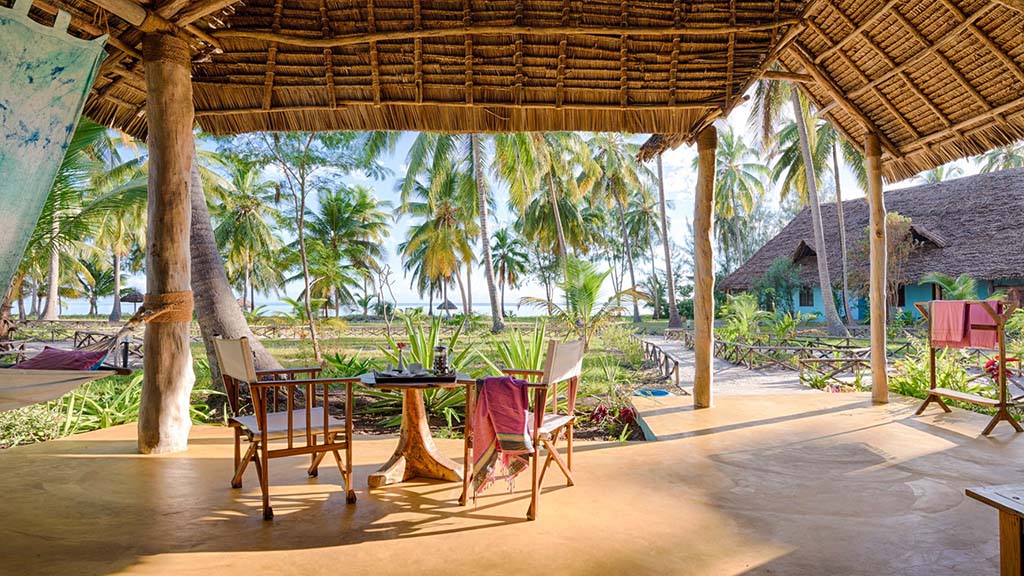
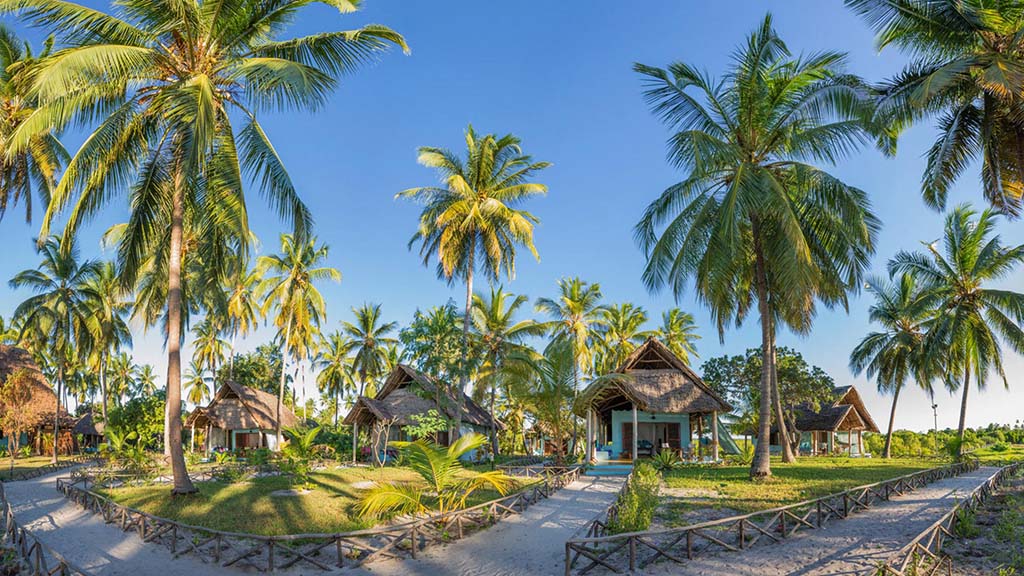
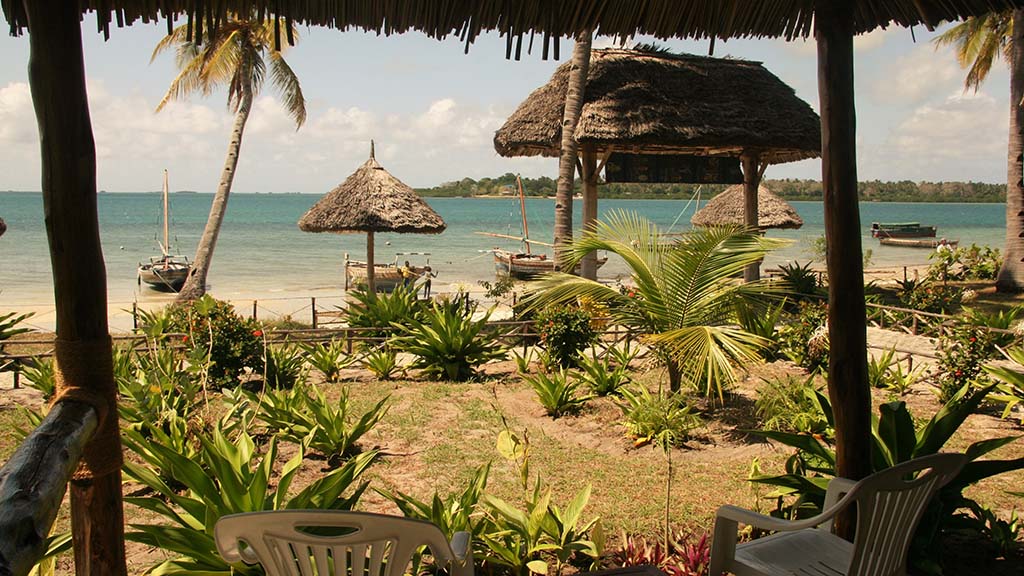
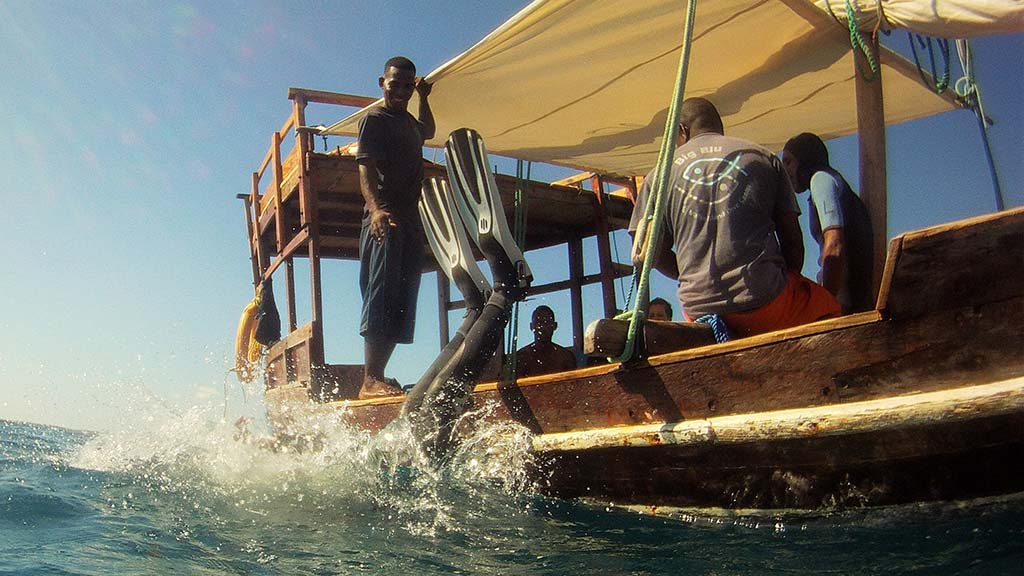
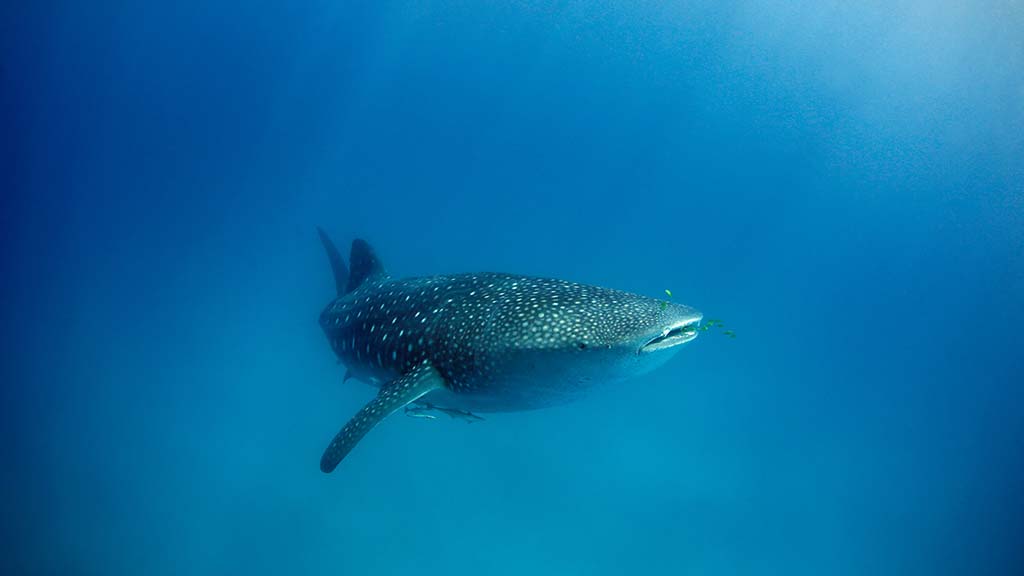
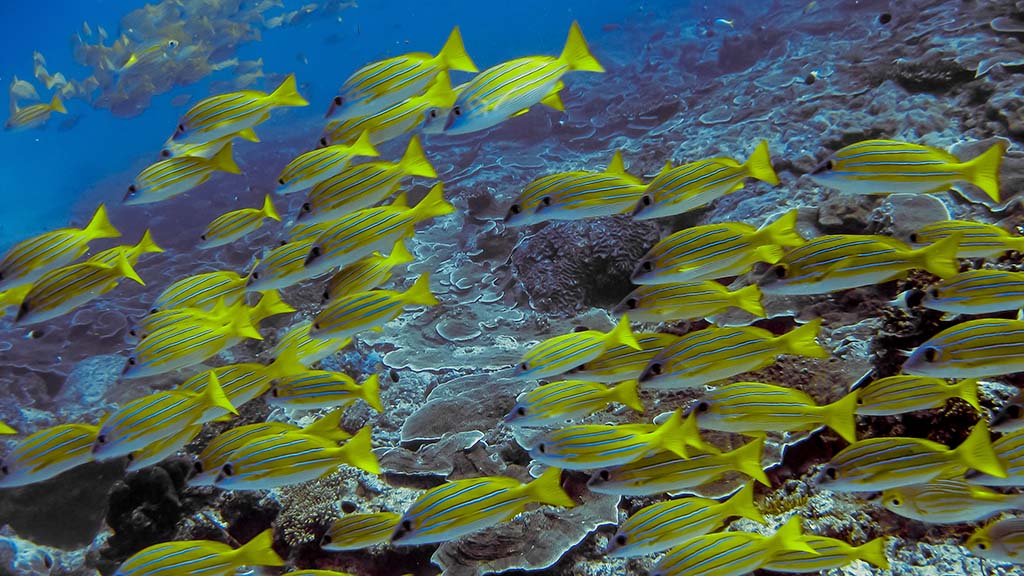
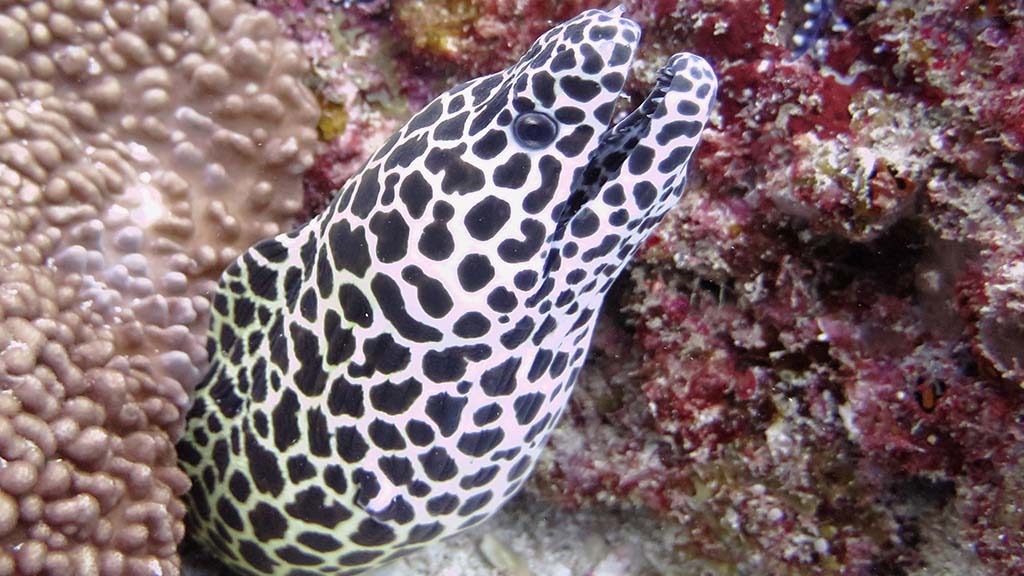
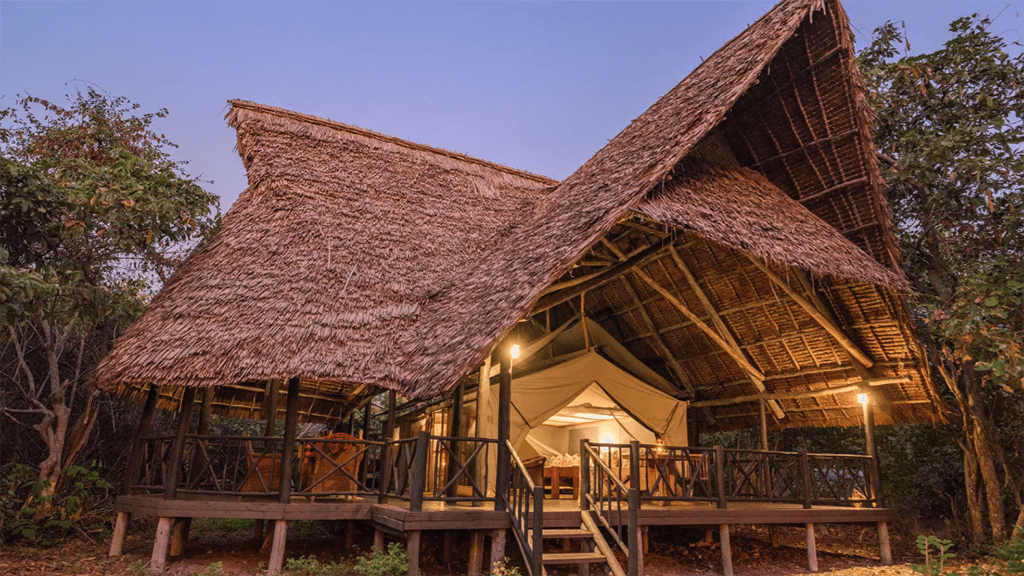
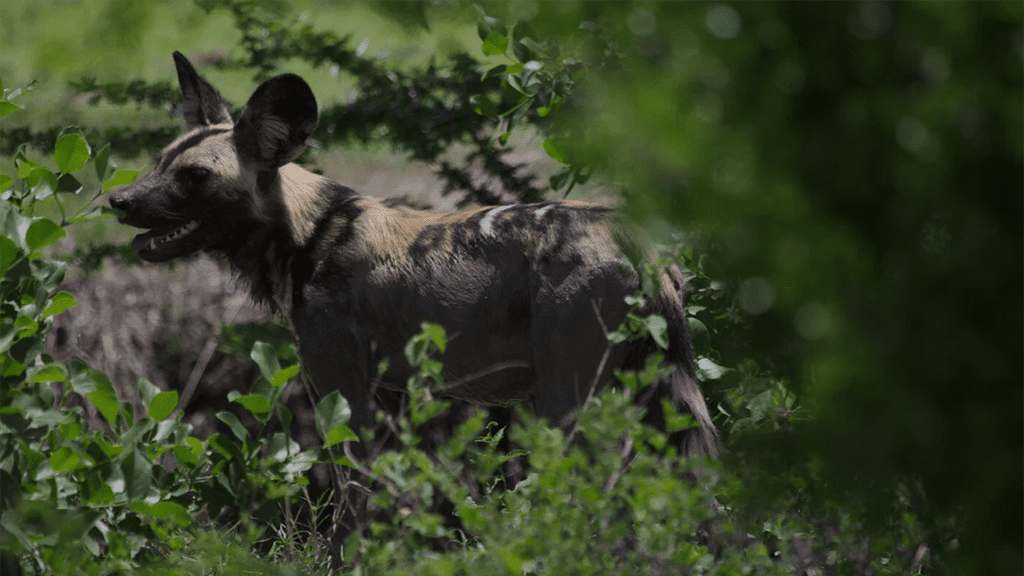
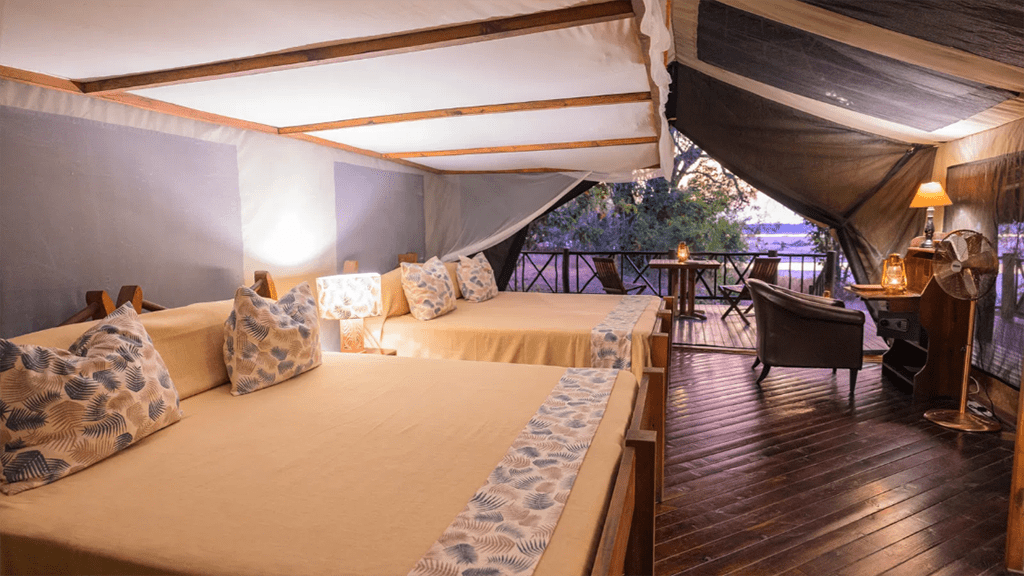
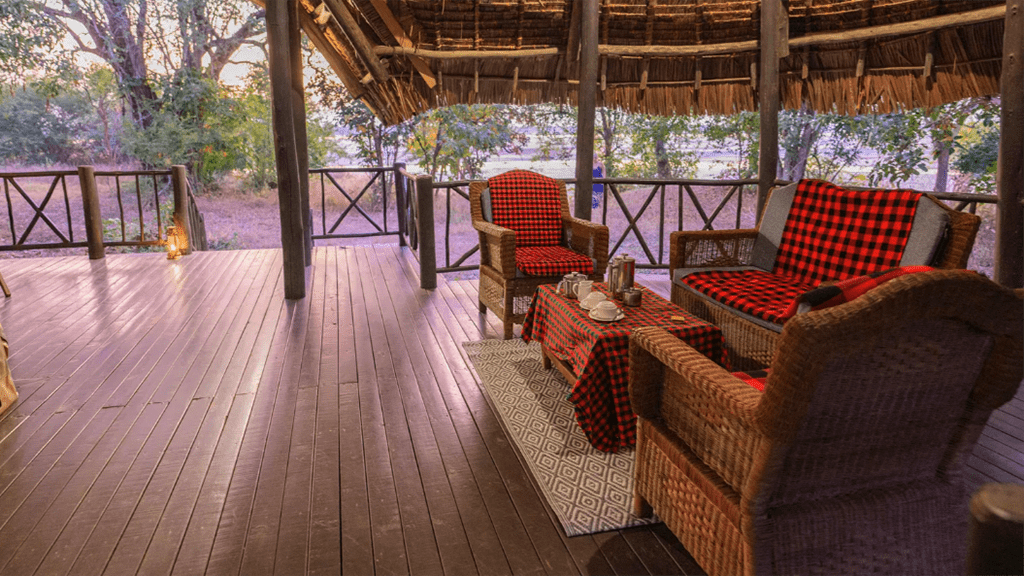
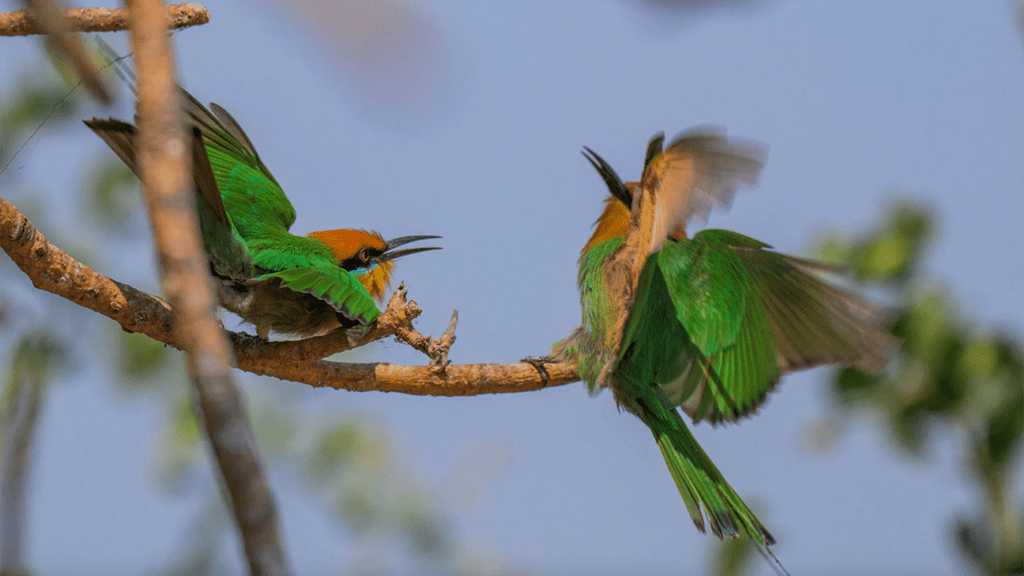
This spectacular, unspoiled area offers visitors rich, colourful reefs with over 50 hard and soft corals, over 460 species of fish, and a variety of marine life, making this area excellent for diving. Visitors can spot whale sharks and sea turtles in the clear waters, watch hippos wallowing in the reed-lined lakes of the interior and discover the many rustic fishing villages scattered around the island.
Our dive safari combines 7 nights at Butiama Beach Lodge with two nights at Rufiji River Camp in Nyerere National Park, a Big 5 game reserve that is particularly famous for sightings of the endangered African Wild Dog.
| Location | Accommodation | Meal Plan | Activities | |
|---|---|---|---|---|
| Day 1 | Dar es Salaam | Hotel Blue Sapphire | Bed & breakfast | Transfer from Dar es Salaam Airport. 1 nights accommodation |
| Day 2 to 8 | Mafia Island | Butiama Beach Lodge | Breakfast & dinner | Flight to Mafia Island Transfer to Butiama Beach Lodge 6 nights accommodation in a Standard Bungalow 4 days x 2-tank boat dives with Big Blue Dive Center |
| Day 8 to 9 | Nyerere National Park | Rufiji River Camp | Full board | Flight to Selous Transfer to Rufiji River Camp 2 x days x 2 game drives in Nyerere National Park |
| Day 10 | Transfer to Selous Airport Flight to Dar es Salaam |
Butiama Beach Lodge
Butiama Beach Lodge is a beachfront retreat situated on the west coast of Mafia Island, just next to the main town of Kilindoni and outside of the Marine Park boundaries. Accommodation consists of 13 bungalows, each equipped with an outdoor lounge, a wall fan, ensuite bathroom and an in-room safe. Guests can enjoy dining at the onsite restaurant or unwind with a refreshing drink at the bar. Additional amenities include a shop, spa and an outdoor pool. The surrounding area offers a range of activities to suit all guest’s interests, such as kayaking, whale watching and snorkelling.
Nyerere National Park
Formerly the northern part of the famous Selous Game Reserve, Tanzania’s Nyerere National Park is actually Africa’s largest National Park. Stretching over an impressive 30,893 square kilometres, this park is home to some of the world’s largest concentrations of wildlife, and the incredible diversity and sheer volume of animals draw visitors from around the globe. Travellers can look forward to spotting a wide collection of common and rare species, like the Roan Antelope, as well as large concentrations of elephant and hippos. Don’t miss the opportunity to take a boating safari on the exquisite Rufiji River, spot the endangered African wild dog, and enjoy a guided walking safari with a highly knowledgeable guide. The Long Rains are prevalent from March to the end of May, which is not a good time to visit Nyere due to flooding.
Rufiji River Camp
Nestled on the banks of the Rufiji River, Rufiji River Camp provides accommodation within the breathtaking Nyerere National Park in Tanzania. The camp offers both classic and suite tents.
Butiama Beach Lodge
Accommodation at Butiama Beach Lodge consists of 13 bungalows, each equipped with an outdoor lounge, a wall fan, ensuite bathroom and an in-room safe.

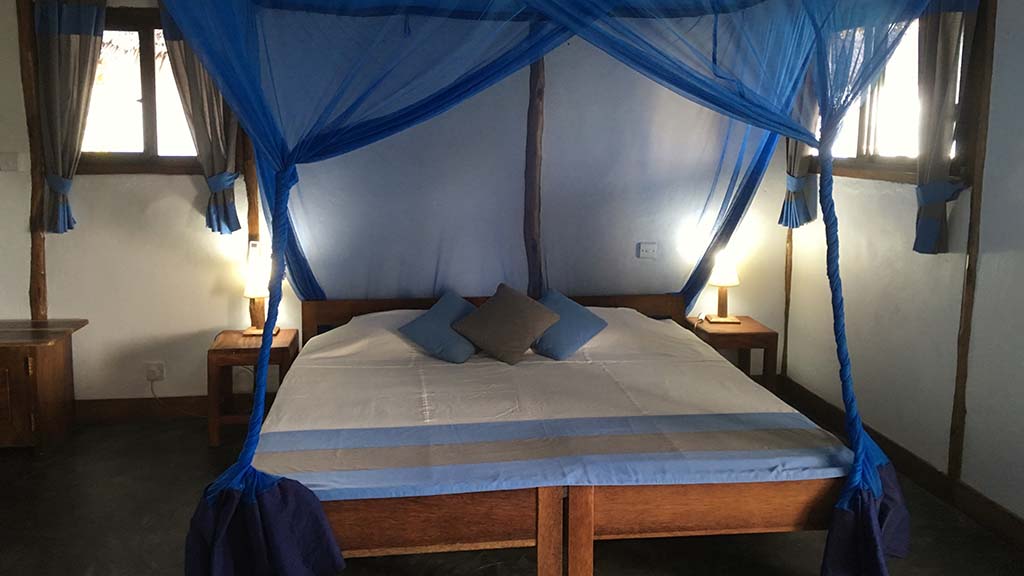
Rufiji River Camp
Nestled on the banks of the Rufiji River, Rufiji River Camp provides accommodation within the breathtaking Nyerere National Park in Tanzania. The camp offers both classic and suite tents.

Big Blu Mafia Island Diving Centre is situated directly in front of the beach, with easy access to all the Mafia Island Diving Sites inside and outside Chole Bay. Diving is affected by the local tide times and trips must be planned according to these times. This means that the diving times will change daily.
Daily double dives are offered on either the low or high tide (according to the time) and sometimes it is possible to offer a third/night dive as well (according to the tide time). For all double dives, the surface interval is on the boat with tea, coffee and biscuits before going on to do the second dive. This means that you need to plan to be out for 4-6hours, depending on the sites that you are visiting.
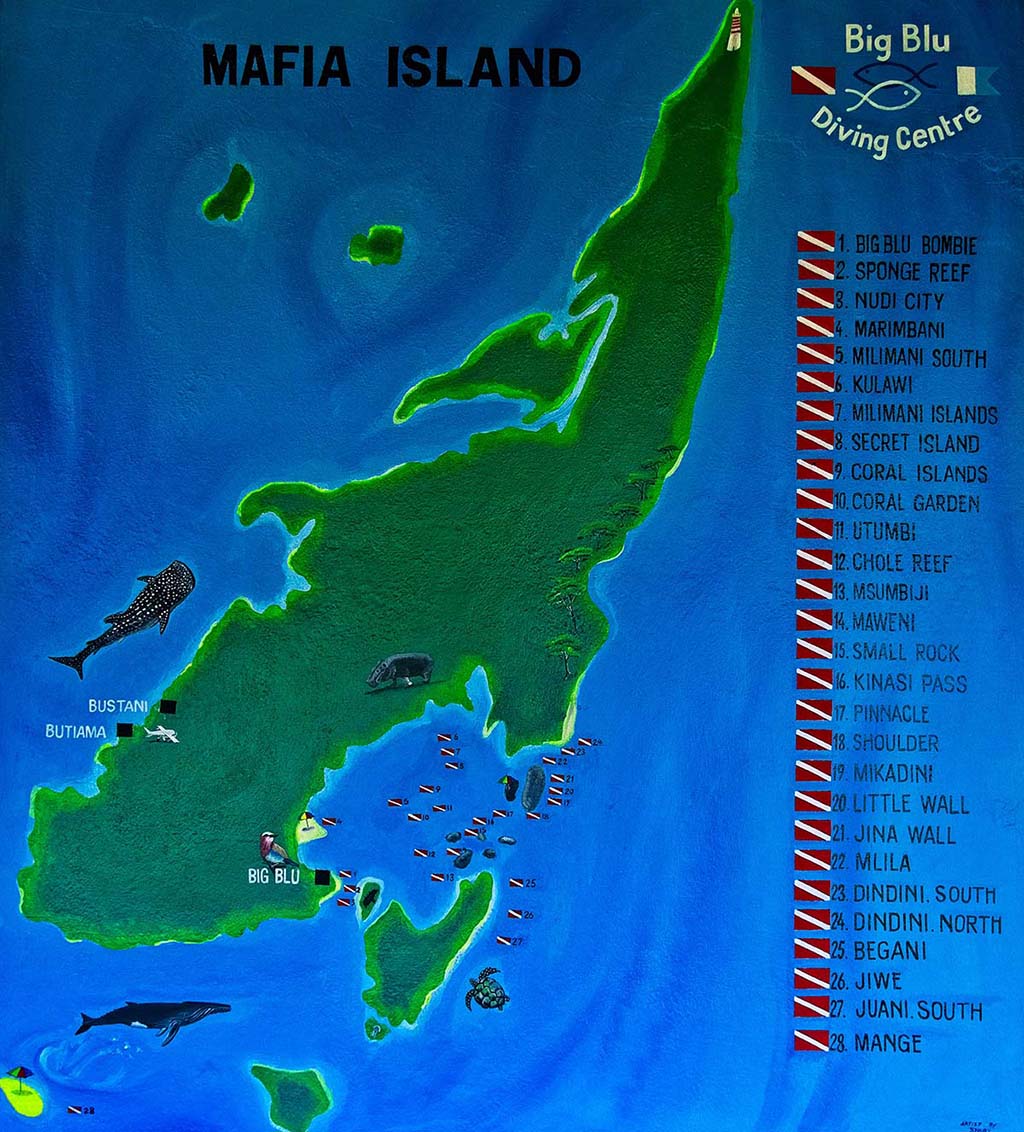
Shore Dives
Big Blu Bommie: Just outside the front of Big Blu is our “mini house reef” comprising of a few coral bombies. They are surrounded by sea grasses so the area makes for a great nursery for many species. Macro-lovers will enjoy looking for nudibranchs, pipe fish, sea horse and other species. Maximum depth 8m.
Nudi City: Around 250m off the shore lies several clusters of soft and hard coral formations. The area is home to many species including ghost pipe fish, flatworms, nudibranch, shrimp, cuttlefish etc. You should also keep your eyes open for the resident giant barracuda! Maximum depth 9m.
Outside Chole Bay (Seasonal)
Marimbani Sandbank: A short boat ride away, we will come to our neighbouring sandbank. This dive is great for people who love “muck” diving! We often do double dives exploring the sandy bottom looking for wolf eels, pipe fish, juvenile scorpion and lion fish, sea horse, gypsy sea moths, sea hare etc. etc. Maximum depth 7m.
Sponge Reef: A very short boat ride away in the channel of Chole Bay, there is a long straight with clusters of sponge reef along it, where macro lovers can keep their eyes open for many different types of nudibranchs, Spanish dancer, egg shell tiger cowrie, flatworms, and other interesting critters. Maximum depth 10m.
Milimani South: Around 25 minutes away, by boat, you will find a sloping reef of columnar and laminated corals teeming with damselfish, soldier fish and squirrel fish. As you pass around the corner and the depth drops to 18m, you can often see big schools of unicorn fish and fusiliers, with good sized groupers and the occasional bumphead parrotfish swimming past. There is often a hawksbill turtle that is seen in this area. We will also introduce you to the resident giant moray eel and his shrimp buddies if they’re at home! Maximum depth 18m.
Kulawi: This dive site is an extension of Milimani South, around 25 minutes away by boat. It is a sloping reef with lots of nooks and crannies for all kinds of things to hide inside. Expect to see big schools of fish like sweetlips, moorish idols, bannerfish etc. hanging around, along with good size groupers. If you’re lucky you can also see giant reef rays hanging out under the coral ledges as well as the odd turtle cruising past. Maximum depth 16m.
Milimani Islands: One of our favourites! The Milimani area is also home to a few large cleaning stations, where you can expect to find many different fish species taking advantage of the cleaning services of the local cleaner wrasse and shrimps. Here you can also look for leaf fish, ribbon eels, pipe fish, a variety of nudibranchs and flatworms, morays and the odd ray hanging out under the rocks. Maximum depth 18m.
Milimani Secret Island: We generally finish our dive to Milimani Islands in this very special place. It is a large sloping island with a variety of corals. You can often see big schools of trevally, fusiliers and bat fish around the top, along with crocodile fish and scorpion fish on the reef. This is also a good place to see the Green Sea turtle as they are often sighted around this island. Maximum depth 18m.
Coral Garden: The dive starts around shallow coral bombies. We zig-zag in and out of these bombies looking for lionfish, morays, leaf fish, crocodile fish, scorpion fish and other interesting things. Eventually we will cross a large area of stag coral teeming with sweeper fish and find our way to a shallow reef. You will often see peacock mantis shrimp hiding in the reef, along with marbled torpedo rays and other cool critters. Maximum depth 14m.
Coral Islands: This dive site comprises of several large islands of coral reefs separated by channels. We go up and down the channels and zig-zag around the islands looking for crocodile fish, scorpion fish, nudibranchs, flat worms, groupers and other exciting things. On the top of the reefs, you will always find schools of fish like bannerfish, snapper, parrotfish etc. Maximum depth 18m.
Chole Reef: A long, varied reef with different types of corals and rock formations. Under the ledges you can look for rays and leaf fish. Amongst the cracks you will find shrimp, morays, nudibranchs and flat worms. Above the reef you can look out for various groupers and other schooling fish like snapper, sweetlips, parrotfish and trevally. Maximum depth 16m.
Msumbiji: A horse-shoe shaped reef with many interesting shapes of rock and coral formations. Expect to see a lot of nudibranchs and flatworms as well as many shrimps and other small critters. The area is covered with many different species of reef fish from the tiniest box fish to impressive sized snapper. The top of the reef is a great place to look for cuttlefish and octopus. Due to its proximity to a sandbank, the visibility is never great in this area but the amount of life more than makes up for it! Maximum depth 16m.
Pinnacles: An impressive rock formation extending from the sea floor to just below the surface of the water, often surrounded by big schools of rudder fish, trevallies, bat fish etc. This site often has strong currents, so is not suitable for everyone. The pinnacle is home to many exciting critters from big stuff to small stuff. With luck, you can sometimes see big lobster, turtles, giant reef rays and giant grouper circling this rock. Maximum depth 26m.
Utumbi: Not exactly a wall as the name suggests, but more of a sloping reef with various different coral formations. Expect to see morays hiding in the cracks and schooling fish all around you. With luck, you can see napoleon wrasse, the odd turtle and big groupers cruising past at the bottom. When there is current, you can sometimes see the big school of giant and pickhandle barracuda. Maximum depth 20m.
Kinasi Pass: Probably the most famous dive site in Mafia, this is the channel that runs through the centre of Chole Bay. This site often has strong currents, so is not suitable for everyone. Whilst gliding past the various rock formations and scenery, keep your eyes open for the resident giant groupers, pompano, potato groupers, barracuda and the occasional eagle ray. Cracks in the rocks give home to many schools of fish from trevallies, sweetlips and snappers. Maximum depth 26m.
Outside Chole Bay (Seasonal)
Shoulder: Right on the edge of Chole Bay, this site is a sloping reef with varied hard and soft coral formations, generally surrounded by big schools of sweetlips, big eye emperors, sea breams etc. This site often has strong currents, so is not suitable for everyone. Look out for lobsters, big groupers, rays and morays hiding amongst the rocks. If you’re lucky, this site is also home to 2 different types of guitar shark. Maximum depth 25m.
Mikadini: A complete mixture of rock formations, hard and soft corals, this reef slopes from the shallows to a deeper sandy bottom. This site can sometimes have difficult diving procedures, so is not suitable for everyone. Look out of the huge school of paddletail snappers that live around here, as well as other schools of reef fish. Inside the rock formations, keep your eyes open for big morays, lobsters, grouper and whiprays. Out into the blue, depending on the season, you can sometimes see reef sharks cruising past. Maximum depth 23m.
Jina Wall: A rock wall with many nooks, crannies and overhangs, covered with soft coral and anenomes with a sloping coral reef bottom. This site can sometimes have difficult diving procedures, so is not suitable for everyone. Expect to see big schools of snapper, sweetlips and damselfish surrounding the corals. Into the blue, keep your eyes open for big potato grouper, napoleon wrasse, turtles and sometimes reef shark. Towards the end of the dive, as you reach the sand patches, look out for big rays hiding. Maximum depth 26m.
Mlila: Starting as a small wall, then changing to a sloping coral reef. This site can sometimes have difficult diving procedures, so is not suitable for everyone. Expect to see big school of snapper and other reef fish, as well as many small shrimp, nudibranchs on the wall. Other things to look for include lobster, grouper, napoleon wrasse, stingrays and the occasional reef shark. Maximum depth 24m.
Dindini South: An impressive rock wall with several small caves and overhangs. By far the most impressive part of this site is the archway that has formed in the rocks and is surrounded by reef fish. This site can sometimes have difficult diving procedures, so is not suitable for everyone. In the caves, you can sometimes see big rays, moray and grouper hiding out. Into the blue, keep your eyes open for big potato grouper, napoleon wrasse, turtles, the occasional reef shark and other pelagics. Maximum depth 26m.
Dindini North: An extension of Dindini South, this dive is another wall dive with several small caves in the shallows. This site can sometimes have difficult diving procedures, so is not suitable for everyone. There is not a large amount of coral on this dive site, so the main aim is to investigate the caves and hang out in the blue hoping for napoleon wrasse, groupers and other pelagics. Maximum depth 30m.
Juani North and South: A sloping reef with a mixture of rock formations, hard and soft coral formations. This site can sometimes have difficult diving procedures, so is not suitable for everyone. Expect to see big schools of snapper, emperor and other reef fish. With luck, there are sometimes schools of milk fish around too. Investigate under the rocks for lobster, big groupers, rays, guitar shark, moray and the small critters. Keep your eyes open into the blue for napoleon wrasse, turtles, the odd shark and other pelagics. Maximum
Pricing for Mafia Island Dive and Wildlife Safari
| Valid to Dec 31, 2026 | AUD | USD | |||
|---|---|---|---|---|---|
| Per Person pricing | |||||
| Mid Season 11 JAN – 30 MAR 2026 02 – 30 JUN 2026 01 NOV – 23 DEC 2026 | 4670 | USD | | | 4670 | |
| High Season 01 – 10 JAN 2027 01 JUL – 31 OCT 2026 24 – 31 DEC 2026 | 4999 | USD | | | 4999 | |
| Included 1 night transit accommodation in Dar es Salaam 6 Nights accommodation in Standard Bungalow at Butiama Beach Lodge in cluding dinner bed & breakfast 8 Boat Dives including tanks, weights & weight belts 2 nights accommodation at Rufiji River Camp in a Classic Tent including all meals and 2 shared game drives per day Park entry fees as specified in itinerary Services of a professional guide in Nyerere National Park Return airport transfers Scheduled domestic flights and airport taxes: Dar es Salaam - Mafia Island - Selous - Dar es Salaam Activities, transfers and excursions as mentioned in itinerary | |||||
| Excluded Flights: International & domestic not mentioned Pre and post tour accommodation Optional activities and excursions Diving equipment rental Extra scuba dives Nitrox Marine Park entry fee (paid directly via credit card only - ID required) Any beverages not included Personal expenses such as gratuities, telephone calls, curios etc. |
|||||
| This resort's prices are in USD and include all government taxes. The AUD prices shown are based on the current exchange rate. The price paid in AUD will be based on the actual exchange rate at the time any payments are made. | |||||
| The per person pricing above is indicative only: we show 7-8 night with 10 dive packages at high-end and lower-end rooms (singles & doubles) for the purposes of comparison. We can give you a price (and availability) for any combination of nights/dives you wish to undertake, which will include any discounts due to you as part of that package, and any exclusions, or items payable at the resort. Please use the [Enquire Now] tab to give us your exact requirements and we'll give you the best deal we can. | |||||

